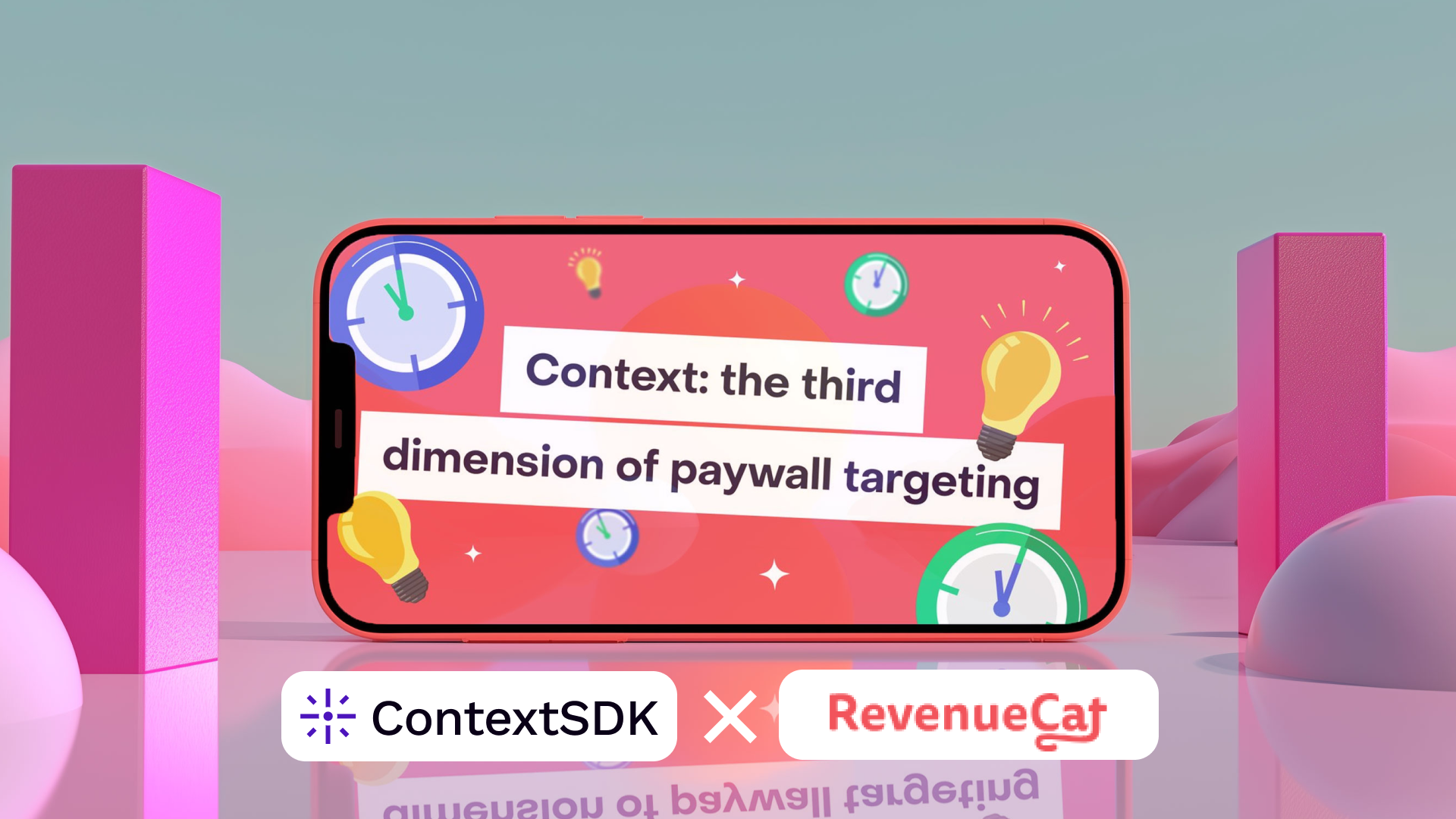Moments Over Screens: Timing Psychology For Trials, Paywalls & Push


Introduction
Every team obsesses over what users see — but the real power lies in when they see it.
A perfect paywall shown at the wrong moment still fails. A well-written push sent while someone’s distracted gets ignored. Timing isn’t an afterthought anymore — it’s the new creative variable.
Jacob Rushin’s teardown of top subscription apps revealed a truth we often miss: users don’t live in screens or events — they live in moments.
The Core Idea
Event triggers tell you what’s happening inside the app. Context tells you what’s happening around it.
When you combine the two, conversion starts making sense again.
That’s the psychology behind the next generation of trials, paywalls, and push campaigns: adapting not just to user behavior, but to user state.
1) Timing the Trial
Many subscription apps rely on long onboarding funnels to build intent — but intent is fragile.
If a user lands on your paywall mid-commute or while multitasking, even the best offer feels intrusive.
Instead of treating every session equally, think in receptivity levels:
- High: The user is stationary, focused, relaxed. Show the full paywall and value sequence.
- Uncertain: The user is active or multitasking. Offer a lighter prompt, like “Remind me later” or “Start free.”
- Low: The user is rushing or in motion. Delay entirely and wait for a calmer moment.
When attention aligns with offer complexity, users not only convert more — they cancel less.
2) Push, but with Purpose
Push prompts work best when they sync with real-world context.
Jacob called out a brilliant tactic from Headway: instead of asking users to “allow notifications,” they asked, “When do you want to discover new ideas?”
It reframed push as a service, not an interruption — and connected the app to the user’s daily rhythm.
That’s the secret:
Push should feel like timing support, not timing pressure.
By syncing notifications to natural pauses — mornings at home, post-work scrolls, or evening reflection time — you build trust and engagement instead of fatigue.
3) Emotional Momentum and Cognitive Load
Every screen creates a small psychological pulse. Add too much copy or ask for too many actions in quick succession, and the rhythm collapses.
Top-performing onboarding flows now treat time like UX:
- They space out requests, giving users breathing room between asks.
- They use anticipation (“We’re setting up your plan...”) to fill quiet moments with perceived progress.
- They revisit paywalls when curiosity peaks, not at random intervals.
The result? Less friction, more flow — and users who say “yes” when it actually feels right.
Why This Matters in a Privacy-First World
Timing doesn’t require identity.
By detecting context on-device — without GPS, IDs, or data sharing — you can infer when users are receptive without ever knowing who they are.
That’s the new frontier: engagement built on moment intelligence, not personal data.
How ContextSDK Makes It Work
ContextSDK turns real-world signals into timing decisions:
- ContextDecision classifies user receptivity as high, uncertain, or low — directly on-device — and gates paywalls, trials, or offers accordingly.
- ContextPush waits for the right moment — like the first stable phone pickup — before delivering a message.
- ContextSDK for AdTech applies the same model to ad placements, reducing wasted impressions and improving UX without needing user-level IDs.
All processing stays local. No GPS, no cloud syncs, no creepiness. Just smarter timing.
Closing
You can design the cleanest paywall in the world.
You can write the most persuasive copy imaginable.
But if it hits in the wrong moment — it fails.
Moments decide outcomes.
With ContextSDK, your product finally knows when users are ready to say yes — and acts accordingly.
Because in 2025, success in app growth isn’t just about personalization — it’s about perfect timing.






